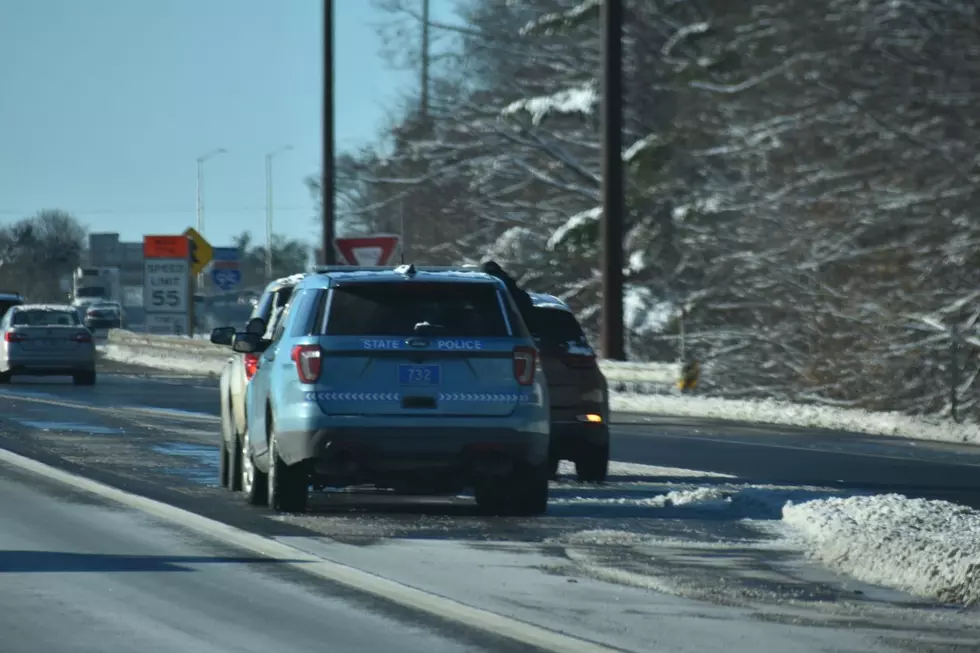
This Deadly 1919 Maine Train Collision Killed 23 People
Maine is known for being a relatively safe state. Very few natural disasters occur, poisonous animals and insects don't typically call Maine home, and crime rates are always some of the lowest in the country.
However, it doesn't mean we are completely without horrible accidents and catastrophic happenings.
One of the state's worst examples of this occurred over 100 years ago near the Onawa rail station. The small, populated community is located right smack in the middle of the state, in Piscataquis County.
In the winter of 1919, a major train wreck occurred just two miles west of the rail station. It would end up being one of the deadliest accidents in Maine history.
According to Historyistic.com, the incident happened on a patch of tracks that connected Montreal, Quebec to Saint John, New Brunswick. The train itself was operated by Canadian Pacific Railways.
On December 20, 1919, Train No. 39 was heading west towards Montreal. According to Histroistic, the train was split in four sections. This included the Third 39, which was specifically for immigrant passengers. Over 300 immigrants, along with a few Canadian soldiers, were making their way to Montreal. The majority of those immigrants were from England and Scotland.
At the same time, freight train No. 78 was waiting near Moosehead for the four sections of the passenger train to go by. No. 39 was hours late that morning, including the Third 39, which was five hours behind. According to Historistic, Freight No 78 managed to make it to the next station, Morkill, with plenty of time before Third 39 was to come through.
Everything was routine up until this point. But then a misinterpreted message led to catastrophic consequences.
According to Historistic, Freight No 78 received word at Morkill that Fourth 39 was running eight hours late. But the freight had interpreted this as Third 39 being eight hours late. So, the freight decided to take to the tracks, thinking it would make it to the next siding before Third 39 would come through. This would be a deadly mistake.
Shortly after, 7am disaster would strike right outside of Onawa. The two trains would collide head-on. It was estimated the collision was at a speed of about 50 mph. According to Historistic, the wreckage immediately caught fire after the impact. Seventeen people died instantly, including the engineman and fireman of both trains. That number also heartbreakingly included six children. Another six people would die before being freed, with an additional 50 being injured.
Looking at the images is extremely haunting. It's amazing that so many were able to survive, especially considering where the accident occurred. According to the Facebook page Stories from Maine, it would take hours to get help to the accident site, with many victims being sent by rail to area hospitals.
Stories from Maine also points out that very few images exist of the crash site due to the remote nature of the accident, which certainly makes it easier to understand how little this disaster gets talked about in Maine history. However, it should be remembered as one of the darkest days in this state's history.
A final note: a big thanks to the Stories from Maine Facebook page. If you are a Maine history lover, I suggest giving them a follow.
LOOK: The most expensive weather and climate disasters in recent decades
The Memorial Resting Site for the 1963 B-52 Crash on Elephant Mountain
More From 102.9 WBLM









